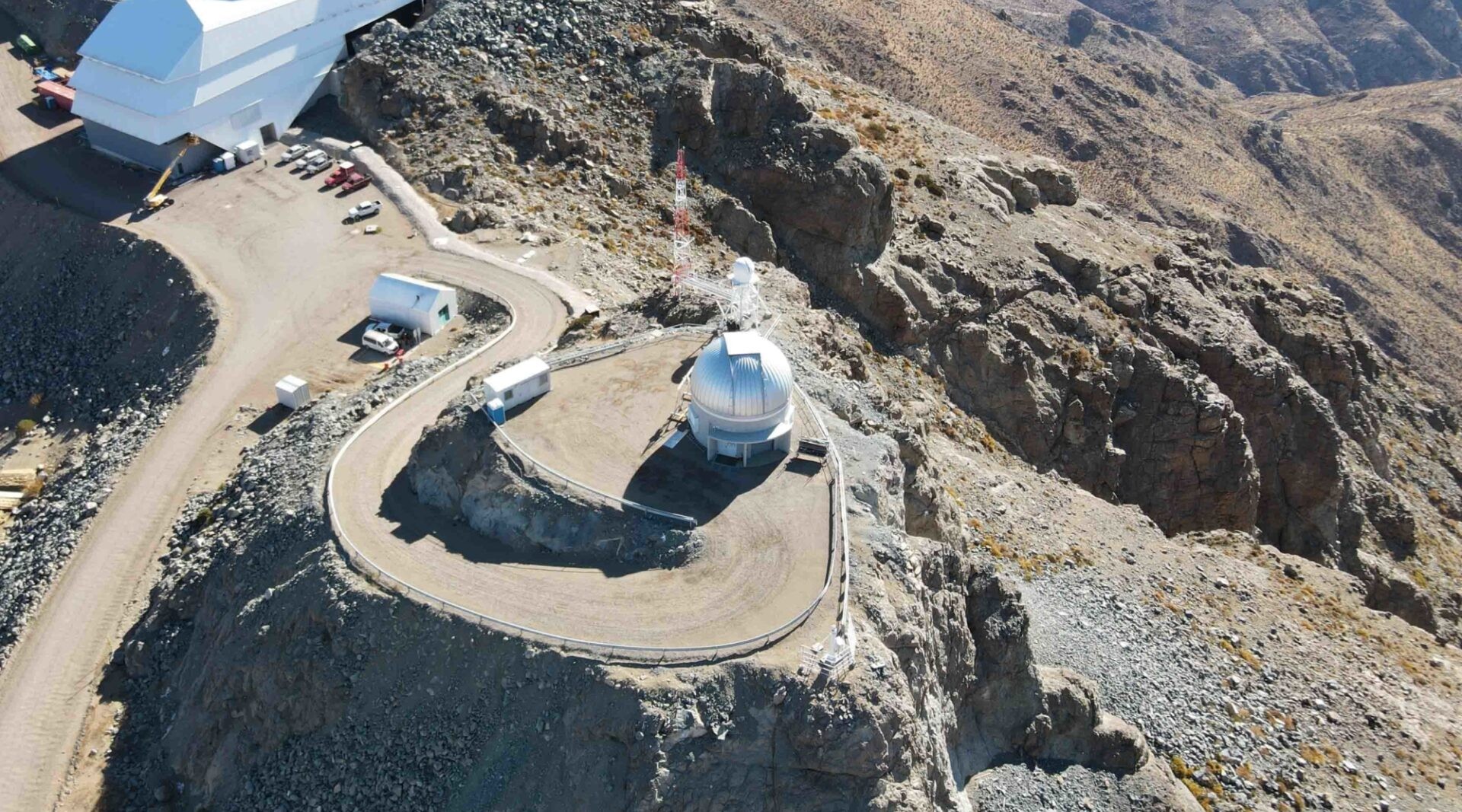Rubin Auxiliary Telescope Makes its First Observations
At the end of January 2020, the Rubin Observatory Auxiliary Telescope spectrograph made its first observations of astronomical objects on Cerro Pachón! These "first light" images represent real, usable data for Rubin Observatory, and are the results of years of hard work by many people across the Rubin project.
The Auxiliary Telescope, or AuxTel, is a part of Rubin Observatory and sits on a hilltop close to the main facility. It uses a spectrograph, which was installed in January, to study the effect of the atmosphere on the light coming from distant stars and galaxies. By using these measurements we will be able to improve the quality of the data from the main telescope. This has the effect of eliminating one source of error in our measurements, which leads to more and better science.
How does the atmosphere affect telescope data? There are a lot of elements in the atmosphere (including water, oxygen, and ozone) that can distort the light detected by a ground based observatory like Rubin. Aerosols like sea salt, dust from volcanoes, and smoke from forest fires can distort light too. How much of these substances are above the telescope varies from night to night, and the Auxiliary Telescope will provide this important complementary data for Rubin throughout the entire 10-year survey. If we know how much, and in what way, light is being distorted by the atmosphere above the telescope, we can correct for this distortion during data processing. The goal is to make Rubin data as accurate as possible!

